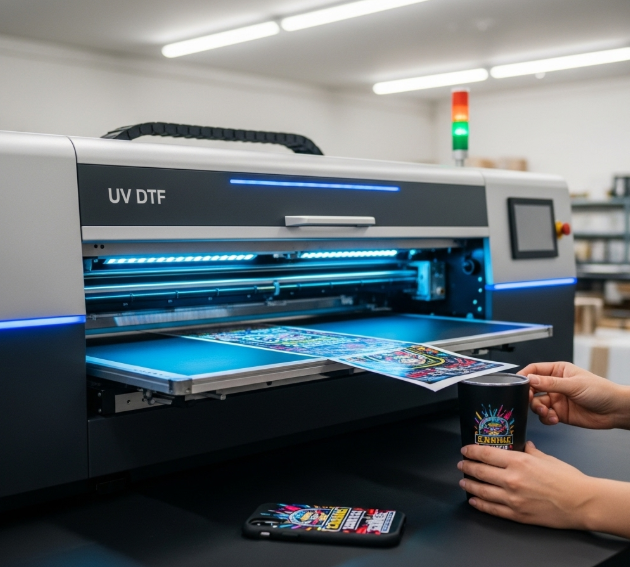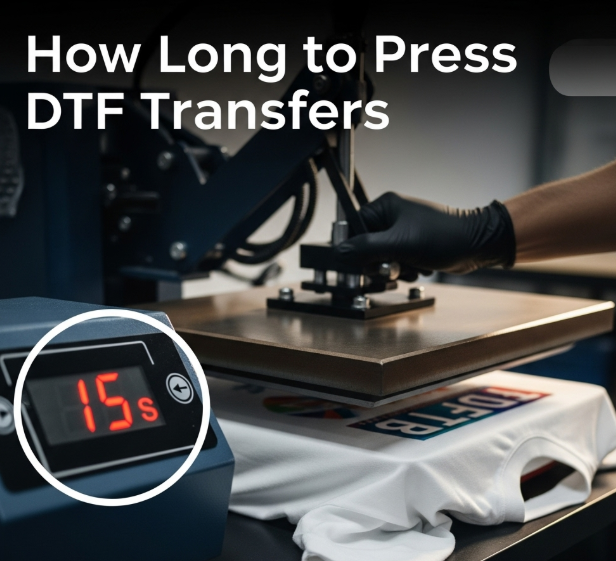
DTF Transfer Temp
Understanding DTF Transfer Temp: A Complete Guide
DTF (Direct to Film) printing has become one of the most popular methods in custom apparel production. It’s flexible, durable, and works on different fabric types. But one detail makes a huge difference in the final result: DTF transfer temp.
Many beginners overlook this factor. However, using the correct heat press temperature is key to achieving long-lasting, vibrant prints. In this blog, we’ll break down everything you need to know about it.
What Does DTF Transfer Temp Mean?
DTF transfer temp refers to the exact heat setting you use when pressing a transfer onto fabric. If the temperature is too low, the print won’t adhere properly. If it’s too high, the colors may burn or the fabric can get damaged.
The right balance ensures the transfer bonds with the material while keeping the design sharp and colorful.
The Ideal Temperature Range
Most DTF transfers work best between 300°F – 325°F (150°C – 160°C).
But keep in mind, different fabrics may require small adjustments.
-
Cotton → around 320°F (160°C)
-
Polyester → closer to 300°F (150°C)
-
Blends → around 310°F (155°C)
It’s always a good idea to test on a small fabric piece before starting a full batch.
Time and Pressure Matter Too
Temperature alone isn’t enough. Time and pressure also play an important role.
-
Time → Usually 10–15 seconds under the heat press.
-
Pressure → Medium to firm pressure ensures the adhesive activates.
If you use low pressure, the transfer may peel after a few washes. Too much pressure, on the other hand, can flatten the design.
Common Mistakes to Avoid
-
Pressing at the wrong temp – leads to poor adhesion or burned prints.
-
Not pre-pressing fabric – moisture trapped in fabric can ruin the transfer.
-
Peeling too early or too late – follow the recommended peel type (hot, warm, or cold).
-
Skipping test presses – each batch of film and powder can behave slightly differently.
Tips for Perfect Results
-
Always check the supplier’s instructions for the recommended DTF transfer temp.
-
Use a reliable heat press with accurate temperature settings.
-
Pre-press garments for 2–3 seconds to remove wrinkles and moisture.
-
Allow the transfer to cool if it requires a cold peel for better durability.
Why Correct Temp Is So Important
One of the main reasons people choose this printing method is because of its reputation for durability and bright, eye-catching colors. Customers expect their designs to remain vivid even after dozens of washes. However, all of those benefits depend heavily on applying the right amount of heat during the transfer process.
If the temperature is set too low, the adhesive will not activate fully, leaving the print vulnerable to peeling after just a few wears. On the other hand, too much heat can cause damage: colors may dull, details can blur, or the fabric itself might scorch. Both extremes lead to disappointed customers and wasted materials.
By finding and maintaining the correct balance, every print bonds firmly to the fabric, preserving both color and detail. This not only gives the garment a professional finish but also ensures that it withstands daily use and repeated washing. In short, proper heat application transforms a simple design into a long-lasting product that people are proud to wear.
Final Thoughts
Achieving consistent, professional printing results doesn’t just depend on creativity or the quality of materials. The real difference comes from applying the correct technique. When heat, pressure, and timing are carefully managed, the finished product not only looks great on the first day but also stays strong and vibrant after many washes. This attention to detail is what separates an average print from one that truly impresses.
For individuals experimenting at home, learning the right approach early on can prevent frustration and wasted materials. For businesses, it means smoother production, fewer complaints, and happier customers who return for more orders. It also builds trust and credibility, showing that every piece of clothing or accessory is made with precision and care.
In the long run, taking the time to refine this step is an investment. It saves money, protects resources, and delivers a product that stands out in both durability and appearance. Whether for a single project or continuous production, the rewards of mastering the process are always worth the effort.

